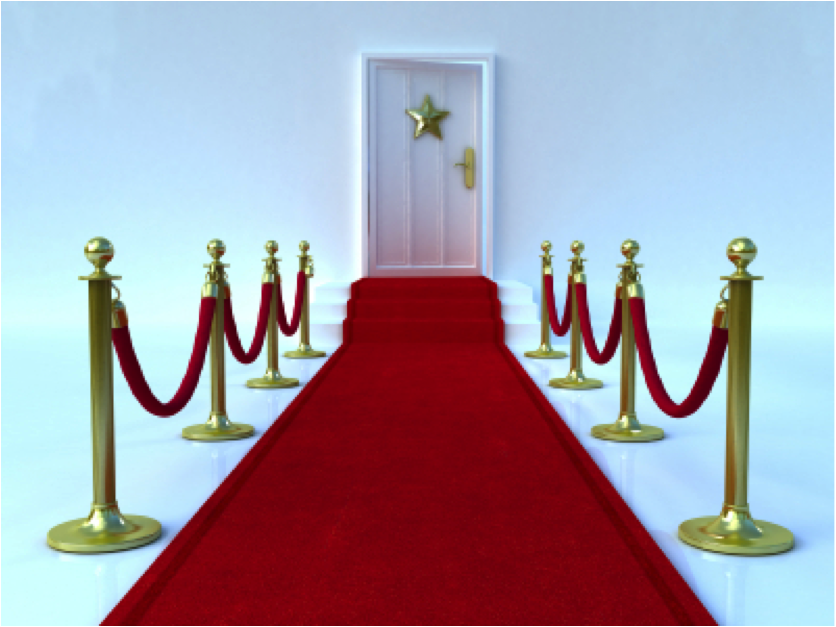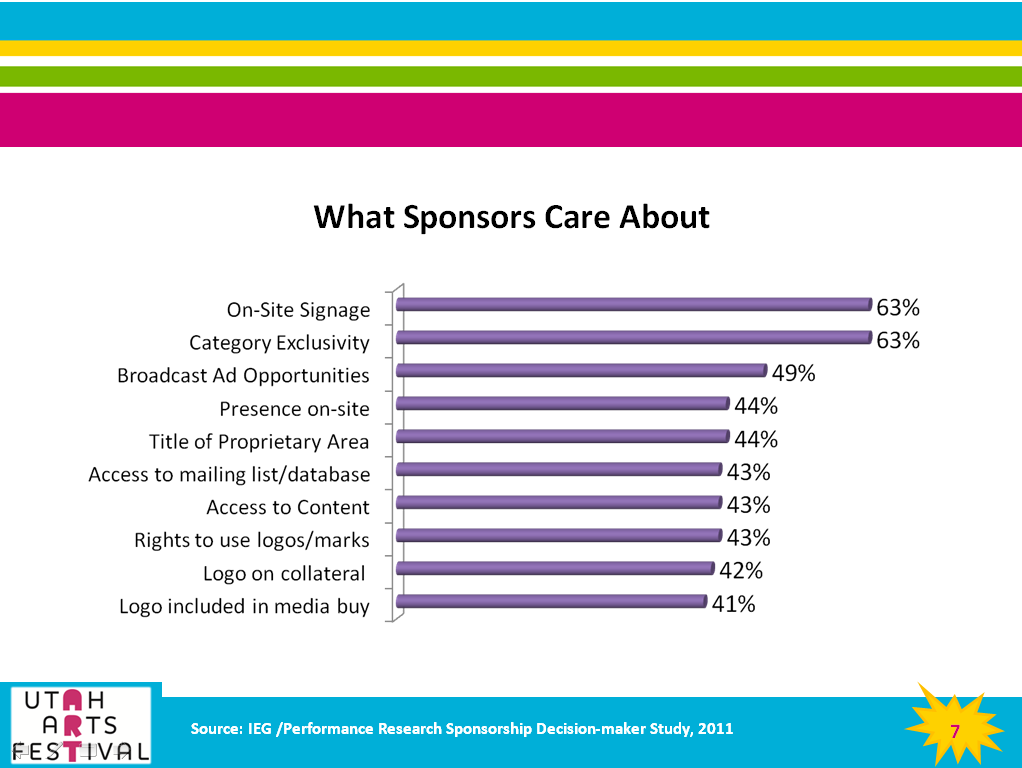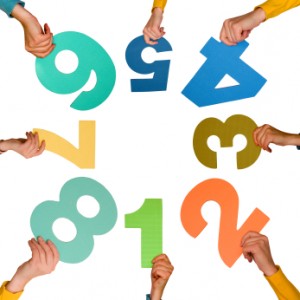8 Tips for Getting High Dollar Sponsorships for your Big Event
May is Party Month here at Fired-Up Fundraising and today Aimee Dunsmore, Development Director of the Utah Arts Festival, is sharing her secrets to getting HIGH DOLLAR sponsorships.
In the month of May we are going to drill down into HOW to maximize your dollar return from special charity events.
We all know that the big money in events comes from sponsorships.
So let’s nail our sponsorship strategy:
High dollar sponsorships for charity events are not really “philanthropy.”
They are also business-to-business marketing.
And your organization is one of the businesses!
You’ll do much better if you approach your event sponsorships like old-fashioned sales.
1. Know your prospective sponsors’ marketing objectives.
They have multiple objectives. What are their priorities?
They see sponsorships as marketing strategies, but also overall as business strategy.
They want to align their brand with a good cause. They want exposure in front of your audience.
They may want exclusivity.
Do your homework!
Just remember that their “business” with you is often tied directly to sales and marketing objectives.
2. Know what you have to offer a sponsor:
- Complimentary demographics?
- Complimentary psychographics?
- Impressions (eyeballs)?
- Tickets and access?
- Brand recognition and loyalty?
- Promotional rights?
- Access to your audience?
- Proprietary platform?
And, most importantly, what can you offer that NOBODY else can?
I like to ask the sponsor what’s most important to them. And then I work hard to provide it.
Here’s a chart from Aimee’s powerpoint presentation: what potential sponsor businesses care about:
Just look at all the things you can offer.
Just like any case for support, you’ll want to hit on as many positive angles as possible.
3. Know WHEN to pitch your event.
Aimee says that 45% of businesses make their sponsorship decisions in the last quarter.
Timing is everything.
It will take longer than you think for the decision to go thru the corporate ranks.
Give your sponsorship campaign plenty of time – months and months.
You’ll sell yourself short if you work on a really short time frame.
4. Know WHO the decision makers really are.
Is it the marketing team? The marketing VP?
Is it the community relations department?
Does the sponsorship decision go all the way up the corporate chain of command to the executive offices?
Do the advertising people play a role?
Every business is different. And smart fundraisers figure out who makes the final decision.
I like to have an “internal advocate” inside the company advising and guiding me through the maze.
5. Know WHAT TYPE of business best suits your event “product.”
You have a product you are selling to businesses.
They want exposure to your audience so they can market their company and their products.
Emphasize the “fit” between your audience and your potential sponsor.
Here’s something else interesting from Aimee Dunsmore:
6. Create the right offer with specific goals.
Your event prospect will respond better to measurable goals and objectives.
Run the numbers and lay them out.
Include benchmarks that the sponsor can use to measure the success of the sponsorship.
Explain the “features” of what they will buy.
More importantly (many nonprofits miss this) highlight BENEFITS to them.
Like all fundraising, the way you frame your “pitch” has everything to do with your success.
It’s about what THEY want and what they hope to achieve.
7. Add employee engagement into the mix.
Employee involvement is becoming more and more important to businesses.
Studies show that employees who volunteer together are happier and more productive at work.
(Help me find the source for that one if you can!)
So help the business kill many birds with one stone: marketing exposure, community responsibility PLUS employee engagement.
8. Make your proposal very SPECIFIC and relevant to their business.
Do your homework. Since you are researching their business strategy – you can emphasize what they are looking for.
I like to use their OWN language (pull from their web site or other materials.)
Lay out exactly what objectives they will achieve with this investment.
Don’t just assume that they know. Spell it out in black and white on the page.
And remember to emphasize what your event can uniquely do for the company.
BOTTOM LINE:
Approach high dollar sponsorships with a deliberate strategy.
(I’ve seen way too many haphazard, poorly timed, sloppy approaches in my day.)
- Allow enough time, do your homework, and create a clear business case.
- Play on existing relationships.
- Ask sponsors what they want. And give it to them cheerfully if you can.
Join Aimee’s webinar on Monday at 2pm ET if you want to learn more about raising high dollar sponsorships from a real pro!
I’m doing a series of webinars this month to help my INSIDERS subscribers wring the most $$ out of their events:
- 5/7 Getting High Dollar Sponsorships for Your Big Event, with Aimee Dunsmore.
- 5/15 How to Raise More Than Ever at Your Silent Auction, with auction expert Sherry Truhlar.
- 5/24 Using Technology to Make Your Silent Auction More Profitable with Sherry Truhlar.
- 5/31 How to Turn Your Fundraising Event into the Best Party in Town with yours truly.
You can join these webinars or find out more here.
Good luck and raise lotsa money!






